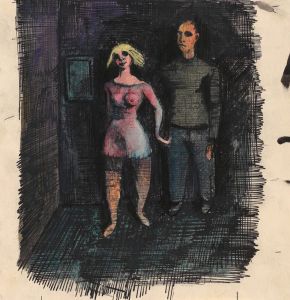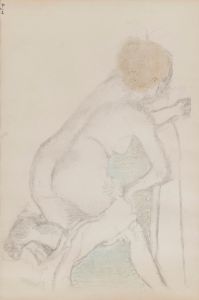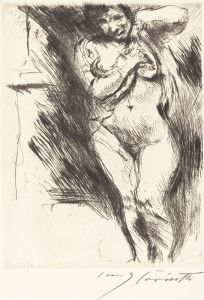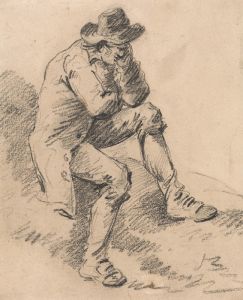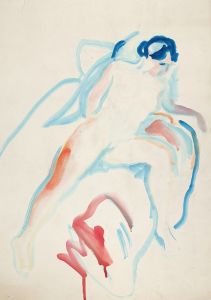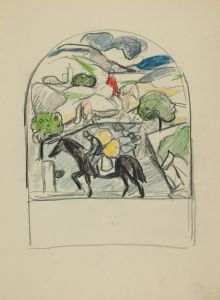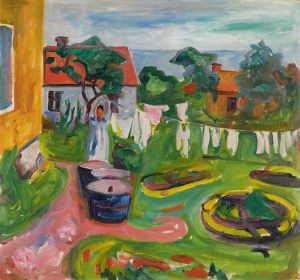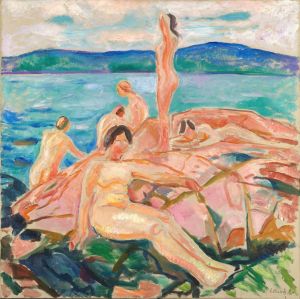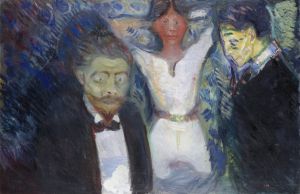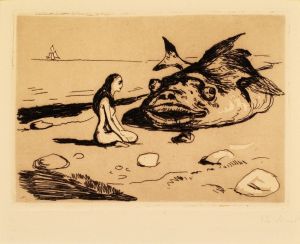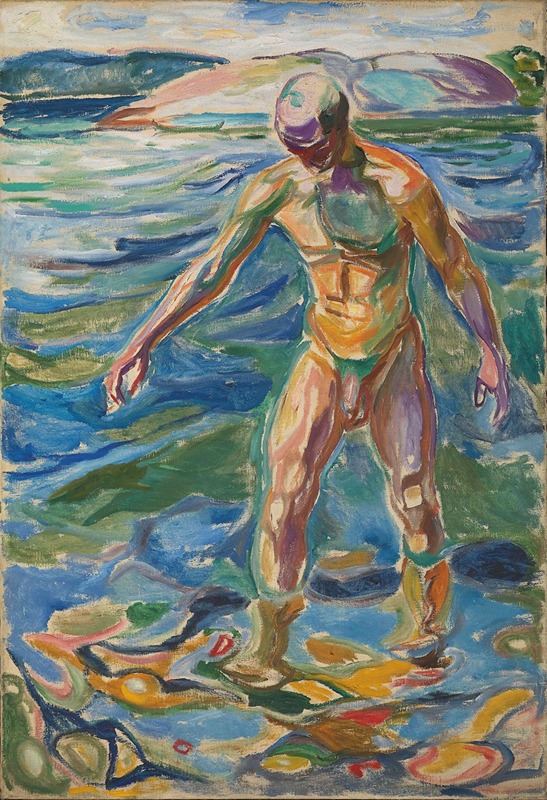
Bathing Man
A hand-painted replica of Edvard Munch’s masterpiece Bathing Man, meticulously crafted by professional artists to capture the true essence of the original. Each piece is created with museum-quality canvas and rare mineral pigments, carefully painted by experienced artists with delicate brushstrokes and rich, layered colors to perfectly recreate the texture of the original artwork. Unlike machine-printed reproductions, this hand-painted version brings the painting to life, infused with the artist’s emotions and skill in every stroke. Whether for personal collection or home decoration, it instantly elevates the artistic atmosphere of any space.
"Bathing Man" is a painting by the renowned Norwegian artist Edvard Munch, best known for his iconic work "The Scream." Munch, born on December 12, 1863, in Loten, Norway, and died on January 23, 1944, in Oslo, was a pivotal figure in the Symbolist movement and a precursor to Expressionism. His works often explore themes of existential angst, human emotion, and the complexities of life and death.
"Bathing Man" was created in 1918, during a period when Munch was exploring themes of nature, health, and the human body. This painting is part of a series of works that Munch produced after recovering from a nervous breakdown in 1908-1909. Following his recovery, Munch moved to the countryside, where he focused on themes of regeneration and the healing power of nature.
The painting depicts a solitary man standing in shallow water, presumably preparing to bathe. The figure is rendered with Munch's characteristic expressive brushwork and vibrant use of color. The background features a serene landscape with calm water and a distant shoreline, emphasizing a sense of tranquility and introspection. The man's posture and the simplicity of the scene suggest a moment of contemplation and connection with nature.
Munch's use of color in "Bathing Man" is notable for its emotional impact. The warm tones of the man's skin contrast with the cooler hues of the water and sky, creating a harmonious yet dynamic composition. This interplay of colors reflects Munch's interest in the psychological effects of color and his ability to convey mood and emotion through his palette.
"Bathing Man" is part of Munch's broader exploration of the human condition and the natural world. During this period, Munch produced several other works featuring bathers and outdoor scenes, reflecting his fascination with the themes of vitality, health, and the restorative power of nature. These works are often seen as a counterpoint to his earlier, more angst-ridden pieces, showcasing a more optimistic and life-affirming perspective.
Munch's influence on modern art is profound, with his work paving the way for later Expressionist artists. His ability to convey deep emotional and psychological states through his innovative use of color and form has left a lasting legacy in the art world. "Bathing Man" exemplifies Munch's skill in capturing the essence of human experience and his ongoing exploration of the interplay between humanity and nature.
Today, "Bathing Man" is held in the collection of the Munch Museum in Oslo, Norway, which houses the largest collection of Munch's works. The museum is dedicated to preserving and promoting Munch's artistic legacy, offering visitors insight into the life and work of one of the most significant artists of the late 19th and early 20th centuries.





